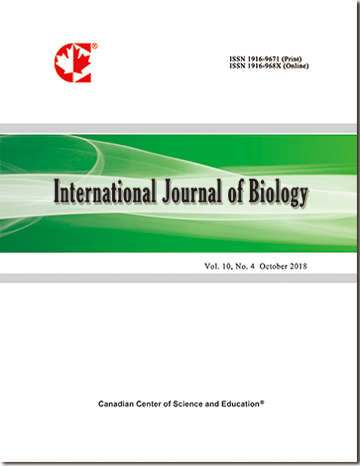Evaluating the Effect of Cadmium and Lead on Male Rat's Reproductive Functions: Current and Future Perspectives
- Abdullah S.M. Aljohani
- Yazeed Eid Al-EID
- Sulaiman Mohammed Aldaakhil
- Rayan Mansour Alhuzali
- Saleh Ali Alhomaidan
- Salem Abdullah Alharbi
- Mohammed A. Alnassar
- Ibrahim M. El-Ashmawy
Abstract
The effect of environmental pollutants on male reproductive function is a significant concern. Heavy metals, such as lead (Pb) and cadmium (Cd), are notorious for their detrimental effects among these pollutants. These metals are categorized as hazardous substances such as pesticides, endocrine disruptors, and industrial chemicals. Human exposure to lead and cadmium through various organic and inorganic sources poses a severe risk to male reproductive health. This study aimed to evaluate the effects of Cd and Pb on the reproductive function of male rats, providing insights into the mechanisms of toxicity and highlighting broader implications for human health. An extensive literature review was conducted to gather data on the reproductive toxicities of Cd and Pb. This study evaluated the impact of these metals on testicular function, spermatogenesis, and hormonal regulation in male rats. Experimental studies involving controlled exposure of male rats to Cd and Pb were conducted to determine specific reproductive outcomes. Exposure to both Cd and Pb leads to significant reproductive dysfunction in male rats. Cd exposure results in testicular degeneration, androgen deprivation, and antiandrogenic actions, leading to impaired spermatogenesis and hormonal imbalances. Pb exposure has been associated with similar adverse effects, including testicular degeneration and premature aging. Both metals have been confirmed as reproductive toxicants and endocrine disruptors, posing serious risks to reproductive health. Given the evidence for the reproductive toxicity of Cd and Pb, it is crucial to implement stricter regulatory measures to limit human exposure to these heavy metals. Future research should focus on developing effective interventions and remediation strategies to mitigate the effects of these toxicants on reproductive health. Public awareness campaigns are also needed to educate communities about heavy metal exposure risks and to promote safer environmental practices.
- Full Text:
 PDF
PDF
- DOI:10.5539/ijb.v17n1p17
Index
- ACNP
- AGRICOLA
- BASE (Bielefeld Academic Search Engine)
- CAB Abstracts
- CiteFactor
- CNKI Scholar
- CrossRef
- DTU Library
- Elektronische Zeitschriftenbibliothek (EZB)
- Excellence in Research for Australia (ERA)
- Google Scholar
- Infotrieve
- LIVIVO (ZB MED)
- LOCKSS
- Max Planck Institutes
- MIAR
- PKP Open Archives Harvester
- Qualis/CAPES
- ResearchGate
- ROAD
- SafetyLit
- SHERPA/RoMEO
- Technische Informationsbibliothek (TIB)
- Universe Digital Library
- WorldCat
Contact
- Ryan JonesEditorial Assistant
- ijb@ccsenet.org
